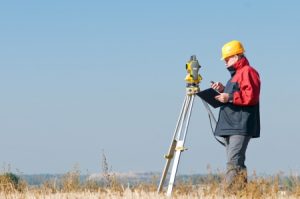
In our interconnected world, where communication is key to every aspect of our lives, the infrastructure supporting our networks plays a vital role. Telecommunication site planning is the meticulous process of strategically locating and designing sites for towers, antennas, and other equipment to ensure optimal coverage, reliability, and compliance with regulations.
The Importance of Telecommunication Site Planning
Effective telecommunication site planning is essential for providing seamless connectivity to users while minimizing environmental impact and complying with legal requirements. Whether it’s for expanding cellular networks, deploying 5G infrastructure, or enhancing broadband access in rural areas, meticulous planning is crucial to the success of telecommunications projects.
Strategic Location Selection
One of the first steps in telecommunication site planning is identifying suitable locations for towers or antennas. This involves considering factors such as population density, terrain, existing infrastructure, and zoning regulations.
Designing for Efficiency and Effectiveness
Once suitable locations are identified, the next step is designing the site layout and infrastructure to maximize efficiency and effectiveness. This includes determining the height and placement of towers, selecting appropriate antennas and equipment, and optimizing signal propagation for maximum coverage.
Navigating Regulatory Compliance
Telecommunication site planning is subject to a complex web of regulations and permitting requirements at the local, state, and federal levels. This includes considerations such as environmental impact assessments, zoning ordinances, historic preservation, and radio frequency emissions. Navigating these regulations requires a deep understanding of the legal landscape and close coordination with regulatory agencies.
Environmental and Community Impact Mitigation
In addition to regulatory compliance, telecommunication site planning also involves mitigating potential environmental and community impacts. This may include minimizing visual obtrusiveness, protecting wildlife habitats, and addressing concerns about radio frequency emissions.
Telecommunication site planning is a complex and multifaceted process that requires expertise in engineering, regulatory compliance, and stakeholder management. From strategic location selection to meticulous design and regulatory navigation, their contributions ensure that networks are built to deliver reliable connectivity while respecting environmental and community considerations.
Contact BLAZE Design Inc. at 802-442-2892 today or visit us online for more information!
